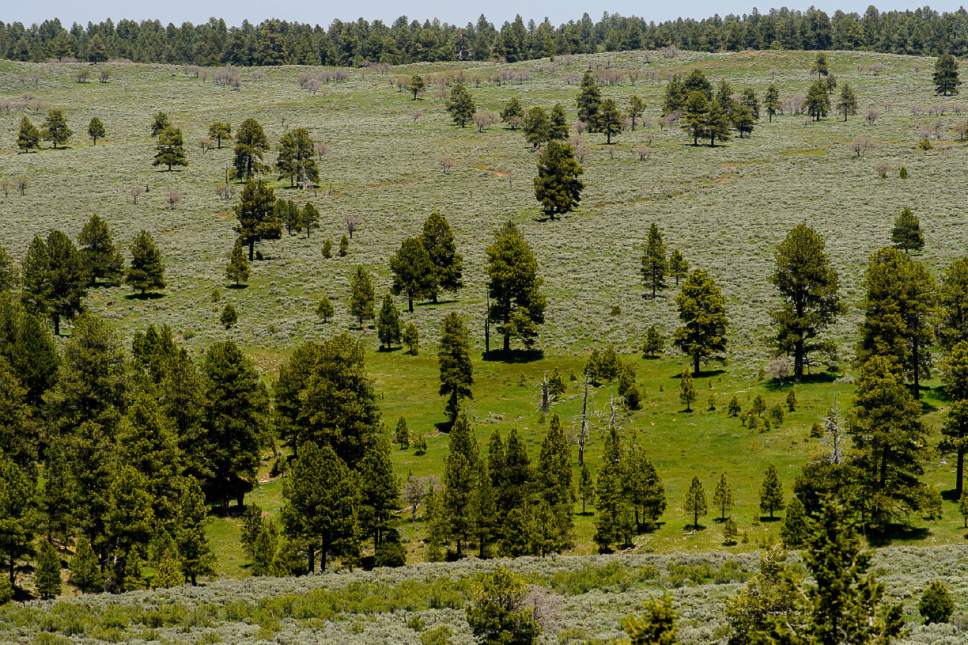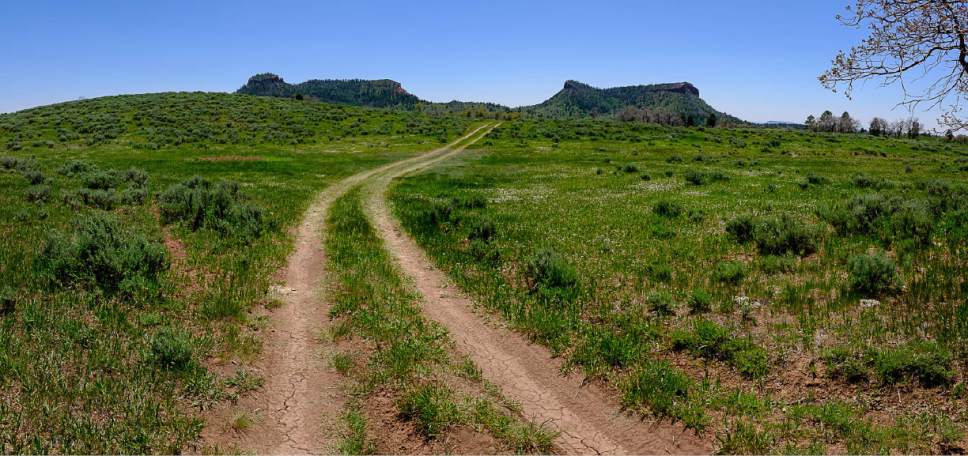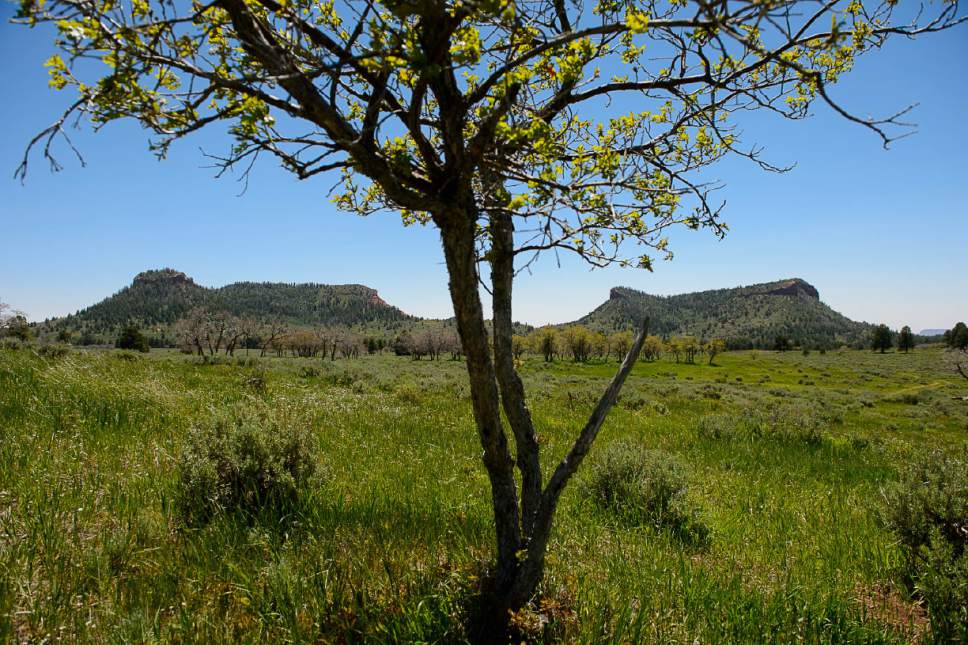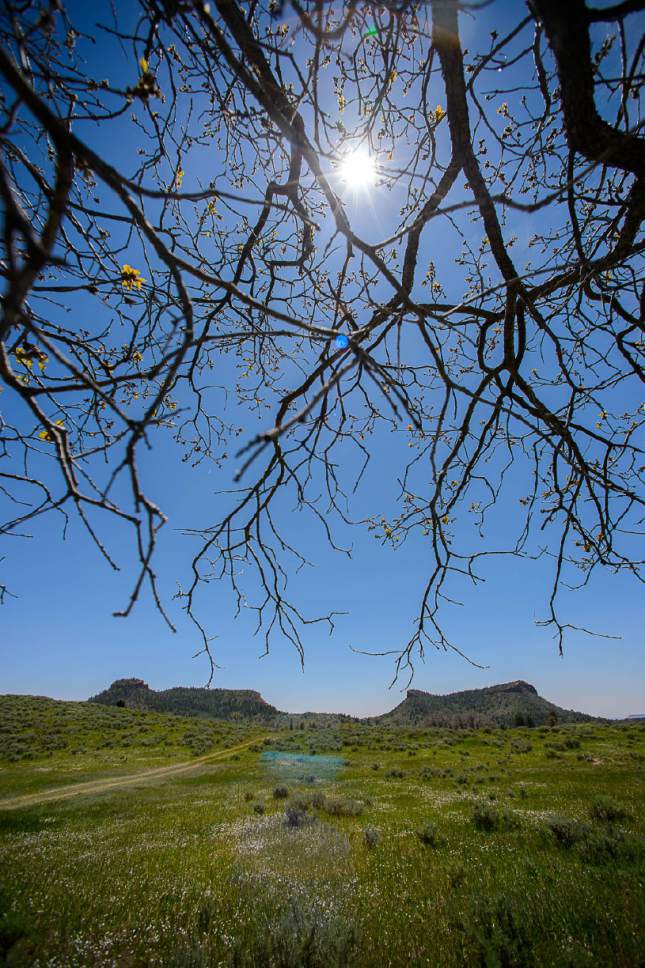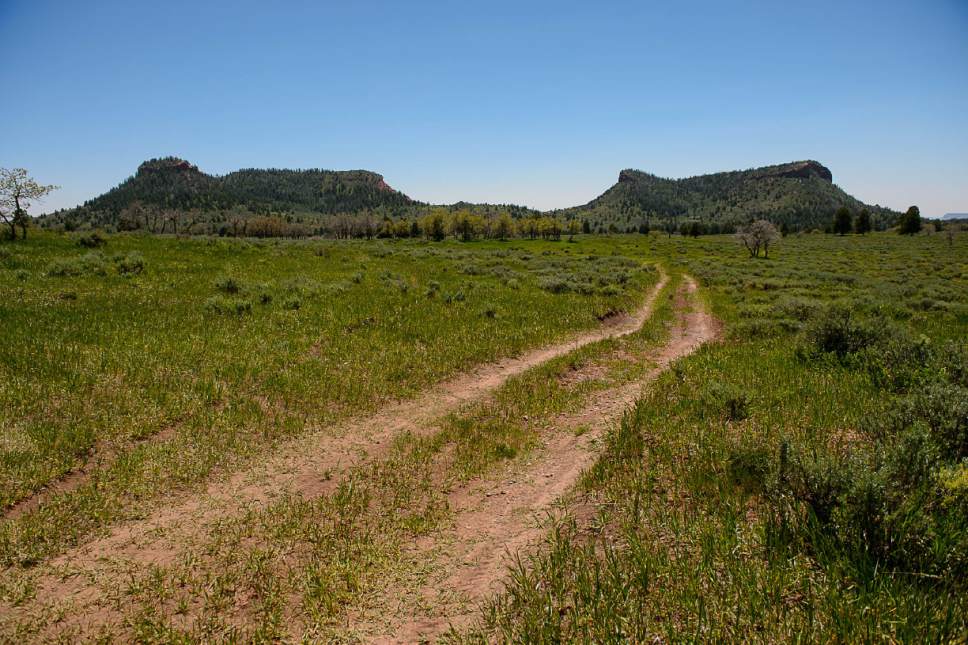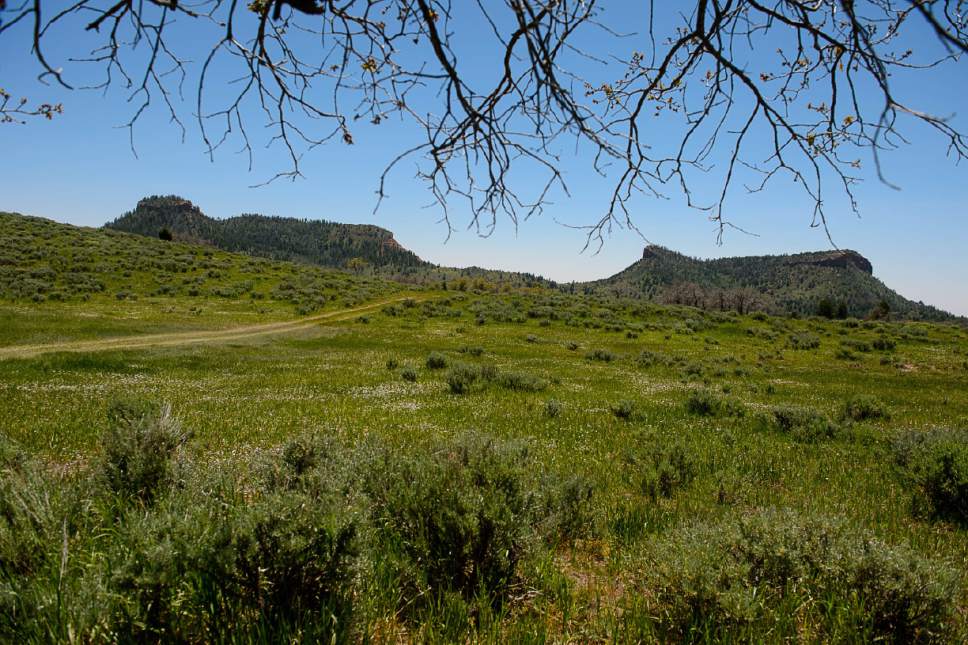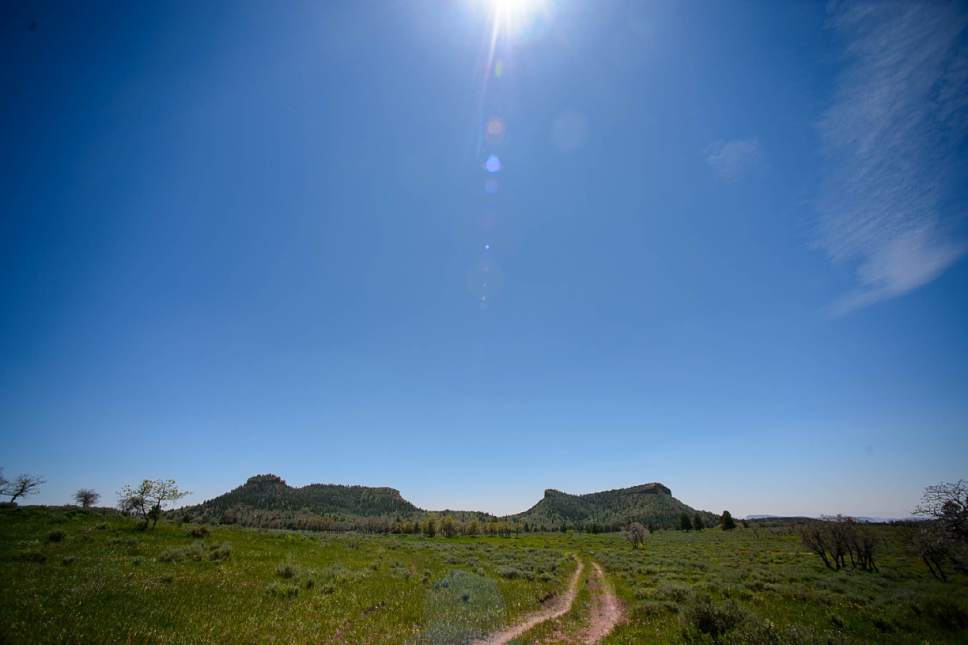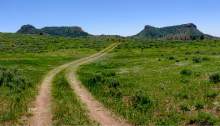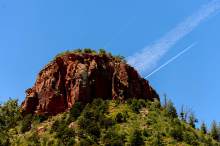This is an archived article that was published on sltrib.com in 2017, and information in the article may be outdated. It is provided only for personal research purposes and may not be reprinted.
The fate of Bears Ears, the first national monument proposed by American Indian tribes, could be revealed as soon as Monday as the Trump administration weighs recommendations from Interior Secretary Ryan Zinke as part of a 45-day review.
At the request of Utah's Sen. Orrin Hatch, President Donald Trump ordered a reevaluation of 27 large monuments designated by prior administrations since 1996 under the Antiquities Act, hinting that they abused the 1906 law and should be reduced.
For Bears Ears National Monument, declared by President Barack Obama in December, that review period ended Saturday. Zinke could call on the president to eliminate the national monument or move to reduce its size, both actions would likely result in legal challenges. While Zinke has said all options are on the table, most observers find it unlikely that he'll seek to leave the 1.3 million acre monument in south-eastern Utah as is.
Bears Ears is the first monument to get a second look, and Zinke's recommendations could offer guidance on the direction of his broader evaluation, scheduled for completion by late August.
The Department of the Interior has set up an online process, at regulations.gov, that it says is the first ever for fielding comments on national monuments, whose designations are not subject to federal environmental policy laws.
"It's not just Utah public land, it's all of ours. We have a process where everybody can have a say," Zinke told reporters during his visit to Bears Ears last month. "The question is what vehicle of public land is appropriate for preserving the cultural identity, to make sure the tribes have a voice, make sure to protect their traditions of hunting and fishing and public access, how best do we look at the future of what it should be."
Gathering over the weekend on Ute Mountain Ute tribal land at Comb Wash, nearly 300 American Indians made their wishes clear, running foot races and conducting workshops on tepee building, beadwork, dancing, flute playing, even sheep butchering.
Former San Juan County Commissioner Mark Maryboy chided Zinke for not listening to him or other pro-monument Navajo leaders during his visit.
"When he was here, he ignored Native Americans," Maryboy said Friday. "We would like the monument to remain, no matter what. It's always going to be sacred, but we want it to be protected. ... Anglos have been [in southern Utah] here for 140 years, and they still don't know who we are."
But monument critics allege well-funded environmental "extremists" exploited American Indians to garner support for a monument. In his written comments to Zinke, San Juan County Commission Chairman Phil Lyman repeated the assertion, which tribal groups find offensive.
"The Antiquities Act was not intended as a landscape management tool. We do not accept the narrative that our entire county should be set aside in the interest of antiquity. We live here. We are good stewards as evidenced by the fact that this area has retained the qualities which attracted its nomination for monument status in the first place," wrote Lyman, a Blanding accountant who has been an outspoken critic of federal land policies, even organizing a 2014 protest ATV ride, which led to a criminal case. His conviction is on appeal.
"Our home should not be at the mercy of a rich person's playground," Lyman wrote. "We have a system of transportation which includes roads, trails, airports, rivers, etc. Those things are not trivial and should not be flippantly closed by arrogant federal agencies."
So far, more than 150,000 comments have been submitted online. An overwhelming majority urge Zinke to preserve the monuments, including Utah's Grand Staircase-Escalante.
Utahns' comments favored the Bears Ears monument by a margin of 88 percent to 11 percent, according to an analysis by the Center for Western Priorities, a pro-monument group.
State of residence does not appear on the comments posted on regulations.gov unless the writer included it in the body of the comments. But using various search terms linked to Utah, Center for Western Priorities identified 1,281 nonduplicative comments submitted by those who self-identified as Utah residents. Of those, 1,129 supported Bears Ears; 146 were opposed; and six were neutral.
Last week, 100 student leaders submitted a letter to Zinke urging him to leave the monument alone. The signatories, which represent 850,000 college and university students in 24 states, include Weber State's Aulola Moli; Utah State's Jace Goodwin and Michael Scott Peters; and Salt Lake Community College's Benjamin Pok.
"Our national monuments and public lands help define who we are as a nation," said Peters, USU's student president. "As student leaders, we feel it's critical to provide economic opportunities for young workers while preserving America's rich legacy and natural environment for generations to come."
Brian Maffly covers public lands for The Salt Lake Tribune. Brian Maffly can be reached at bmaffly@sltrib.com or 801-257-8713.
Twitter: @brianmaffly


